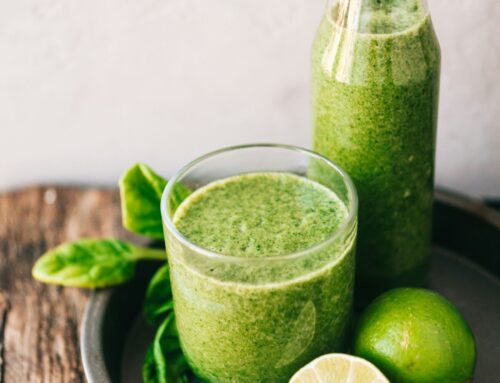Food As Medicine
How do we combat chronic inflammation (as well as diabetes, obesity, and cardiovascular disease)? FOOD!
Okay, that wasn’t so profound to some of you, but what we eat has A LOT to do with how we are inside and outside. Think of food as medicine.
The two areas I want to focus on for healthy nutrition are:
1. Diversity of plants
2. Mediterranean Diet.
Diversity.
We want to focus on the diversity of our plants, particularly vegetables. The different colors found in fruits and vegetables have different phytonutrients (otherwise known as antioxidants), and each has various health benefits, including different impacts on our gut health.
As such, we want to eat the rainbow (not Skittles) of vegetables and fruits to benefit from all the different phytonutrients and create a diverse microbiome, which is linked with better health outcomes.
Challenge: Aim for 25–30 different types of vegetables a week.
Go to the grocery store and buy all different types of vegetables, even things you have never tried — dandelion greens, beets, beet leaves, purple onions, red cabbage, etc.
Mediterranean Diet.
The Mediterranean diet is a dietary pattern inspired by the traditional eating habits of countries bordering the Mediterranean Sea, such as Greece, Italy, Spain, and southern France.
Interestingly, this diet came to the attention of health-minded people who saw that those living on Crete, a Greek island, had low rates of cardiovascular disease. Since then, numerous studies have demonstrated the health benefits of the Mediterranean diet on diabetes, obesity, INFLAMMATION, cancer, etc.
So, what is this Mediterranean diet?
The main principles of this diet are whole foods, high plant intake (fruits, veggies, nuts, legumes), good fats (especially extra virgin olive oil), spices, a moderate amount of protein, mainly from fish and poultry, and low amounts of red meat. And, of course, red wine. Consider this last one in moderation. Red wine has health benefits, but not for all. The alcohol content can be problematic for many.
Does that mean I have to hummus all day?
No! You can adopt this style of eating with your cultural cuisine!
Here are some simple tips to get you started:
- Increase your plants! Make half your meal plates filled with a rainbow of vegetable colors. Mix it up and eat your veggies cooked, raw, and fermented!
- Start to incorporate nuts, seeds, and legumes.
- Swap to whole grains — oats, barley, brown rice, and whole wheat.
- Switch to healthier fats, especially extra virgin olive oil.
- Eat more fish — Aim to eat fish at least twice a week.
- Reduce processed foods, added sugars, and red meat.
- Add in some spice!
There are excellent books and resources online, many free, that can help you get started. These resources will help you determine how much of each food group, and they have some great recipes.
A caveat. While it is by far one of the best-studied food plans linked with health benefits, not all people are suited to all the foods included in the Mediterranean diet — including those with issues with gluten, dairy, or legumes.
In addition, over-consumption, even of healthier foods, can also
cause problems with weight or imbalance of sugar. As always, discuss any concerns you may have with your practitioner.
For more useful information on functional holistic health, you can visit our FREE video library here.
About the Author:
Dr. Eri Shimizu is a board certified in Internal Medicine Doctor and soon will be certified through the Institutes of Functional Medicine. She earned a Bachelor of Science in Environmental Bioengineering from the University of Hawaii at Manoa and graduated summa cum laude from Creighton University Medical School. She completed her Internal Medicine residency at UCLA and worked at a Los Angeles county hospital. In 2012, she returned to Hawaii and served as a Hospitalist at Maui Memorial Medical Center. Maui is now home with her husband, two children, and a fighting fish named Rainbow.
Schedule a FREE Functional Medicine Health Consult with Dr. Eri.









